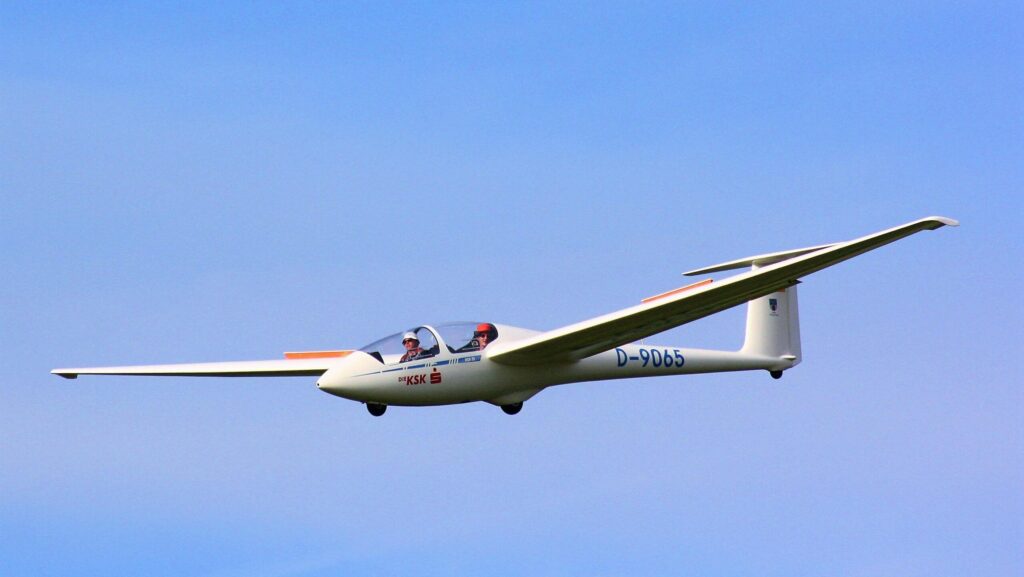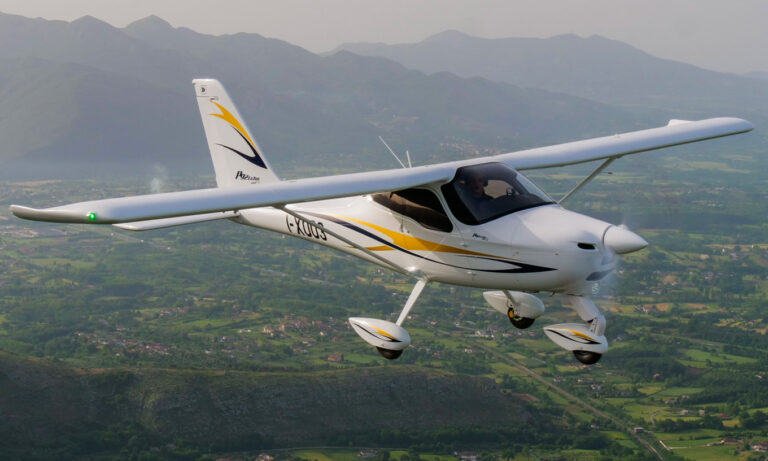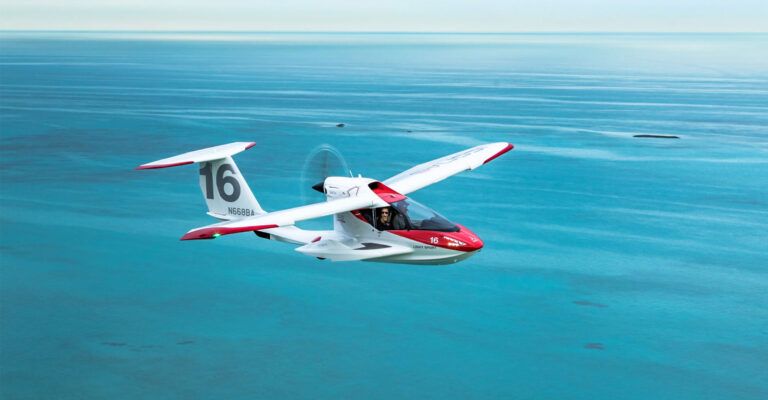Gliders: The True Masters of the Air
Gliders, also known as sailplanes, are incredible aircraft that rely entirely on nature to stay in the air. Without engines, these lightweight planes soar through the sky by taking advantage of rising air currents. But how do they manage to stay aloft for hours, sometimes covering hundreds of miles? The secret lies in understanding thermal currents, wh
What Are Thermal Currents?
Thermal currents, or simply “thermals,” are rising columns of warm air. They form when the sun heats the ground unevenly. For example:
- Dark surfaces like asphalt or rocks absorb more heat than grass or water.
- This creates hot spots on the ground, and the air above these areas warms up, becomes lighter, and starts to rise.
As the warm air moves upward, cooler air flows in to take its place, creating a cycle. Glider pilots use these thermals to gain altitude and extend their flight time.
You will be interested: Kitfox Series 7 STI – A Bush Pilot’s Dream
How Do Pilots Find Thermals?
Experienced glider pilots look for clues in the environment to locate thermals:
- Cumulus Clouds:
Fluffy, white clouds often form at the top of a thermal. These are clear indicators of rising air. - Birds:
If you see birds like hawks or eagles circling in the sky without flapping their wings, they are probably riding a thermal. - Dust or Leaves:
Rising dust, leaves, or other debris on the ground can indicate the presence of a thermal nearby.
By spotting these signs, pilots can position their glider to take full advantage of the upward-moving air.
How Do Gliders Use Thermals?
Once a pilot finds a thermal, the next step is to “catch” it. Here’s how it works:
- The pilot steers the glider into the thermal.
- They begin to circle within the rising column of warm air.
- By staying inside the thermal, the glider gains altitude as the air pushes it upward.
This process requires skill and precision. If the glider leaves the thermal, it may lose altitude, so the pilot must constantly adjust their position to stay in the rising air.

Challenges of Thermal Soaring
Flying with thermals is exciting but comes with challenges:
- Thermals Are Unpredictable:
Not all thermals are the same. Some are strong and wide, while others are weak or narrow. - Turbulence:
Entering or leaving a thermal can create sudden turbulence, which requires quick reflexes and good control of the glider. - Staying Within Legal Airspace:
Glider pilots must be mindful of altitude limits and restricted areas to avoid safety risks.
Safety Tips for Glider Pilots
Flying a glider requires careful preparation and awareness. Here are some key safety tips:
- Check the Weather:
Good weather is essential for thermal soaring. Pilots need sunny skies, light winds, and no storms nearby. - Stay Aware of Other Aircraft:
Many gliders might share the same thermal. Pilots must keep an eye on others to avoid collisions. - Keep Practicing:
Mastering thermals takes time and practice. Pilots often train with experienced instructors to refine their skills.
Why Are Gliders Called the Masters of the Air?
Gliders are called “masters of the air” because they can fly long distances without engines, relying solely on natural forces. Skilled pilots have flown gliders over hundreds of miles, navigating using only thermals, wind patterns, and their knowledge of the environment.
This pure form of flying is not only a thrilling experience but also a testament to how humans can harmonize with nature to achieve incredible feats.
You might like: The Ultimate Guide to Aircraft Kits: Everything You Need to Know
Conclusion
Flying a glider is a blend of science, skill, and adventure. By understanding and using thermal currents, pilots can turn a simple, engine-less aircraft into a powerful tool for exploring the skies.
If you’ve ever wondered what it’s like to glide silently above the Earth, relying only on the wind and sun, gliding might be the perfect adventure for you.







